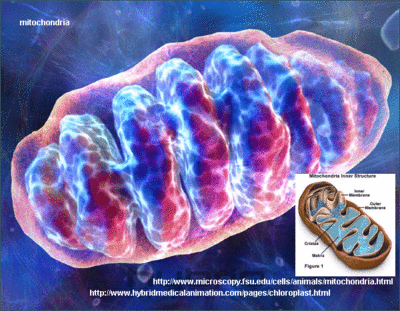Obesity: Cell energy 101
How do humans store and use energy?
One of my friends just asked me to explain the obesity situation in terms of how humans store energy. Why is fat such a problem?
Good question. My reply is below. It’s a short introduction on energy and how humans use it. I’ve kept it very brief on purpose. Just explaining enough to help you understand the current strategy for helping humans keep their body fat down.
Be aware though that this isn’t the whole debate. That’s for another time. It’s important to understand these basic facts first. In time I’ll share more about the intricacies and debates around why humans get big.
ATP: The Basic Energy Unit

ATP is the basic unit of energy within the human body. The phosphate in particular is important. The body gets energy by breaking down ATP into ADP and then AMP if needed. That mean A has 3 phosphates, then 2 phosphates then 1. Each time it loses a phosphate the body releases energy. ATP is like a rechargeable battery. It uses energy sources like fat, carbs and protein to recharge its energy batteries from AMP > ADP > ATP. Fat recharges more of the batteries pound for pound than carbs or proteins. It also depends if the fuel is fully burnt. If it isn’t then less energy is released so less ATP is produced.
Why we store fat
That’s the basic idea behind the obesity strategy we see today. If fat has more energy pound for pound, then eating too much of it means it will get stored and not converted to energy. Eat more carbs instead, and you’re eating up to half the amount of energy, so you’re less likely to store energy and more likely to burn it all.
An extra factor is how full different foods make you feel. Protein generally makes you feel more full than sugar or fat and has the energy equivalent of carbs, so some recommend focusing on protein-rich foods instead.
Mitochondria: The cells powerhouse

All of this occurs inside the mitochondria, the cell’s powerhouse. All cells have mitochondria, and they often have many. Getting fit most influences their ability to turn fuels into energy and recharge ATP.
That’s a basic intro. I hope it made sense. This topic is explored in depth across the web. So I’ve provided the shortest intro I could here to get you started.







